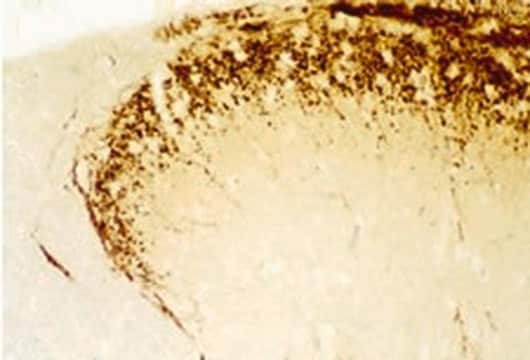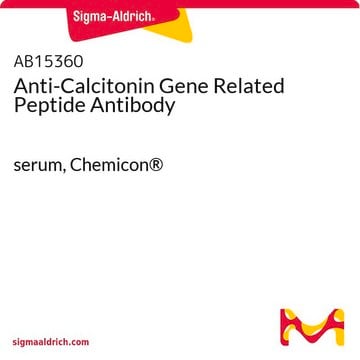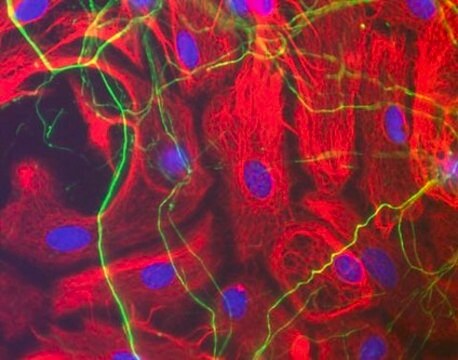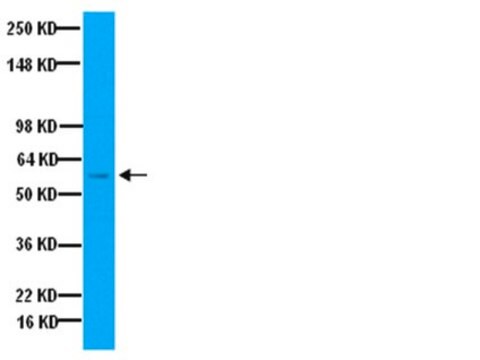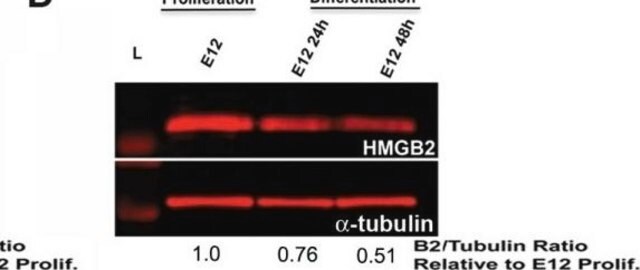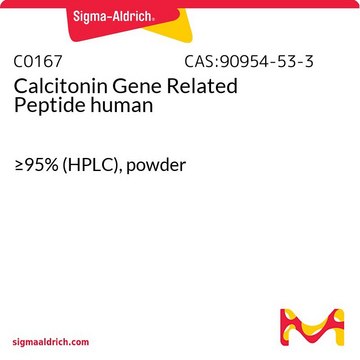C8198
Anti-Calcitonin Gene Related Peptide antibody produced in rabbit
whole antiserum
Sinónimos:
CGRP Antibody - Anti-Calcitonin Gene Related Peptide antibody produced in rabbit, Cgrp Antibody, Anti-CGRP
About This Item
Productos recomendados
biological source
rabbit
Quality Level
conjugate
unconjugated
antibody form
whole antiserum
antibody product type
primary antibodies
clone
polyclonal
contains
15 mM sodium azide
species reactivity
rat
packaging
antibody small pack of 25 μL
UniProt accession no.
shipped in
dry ice
storage temp.
−20°C
target post-translational modification
unmodified
Gene Information
rat ... Calca(24241)
General description
Specificity
Immunogen
Application
- dot blot immunoassay
- fluorescent labeling
- confocal microscopy
- immunohistofluorescence
- epifluorescence imaging
Biochem/physiol Actions
Quantity
Physical form
Storage and Stability
Disclaimer
¿No encuentra el producto adecuado?
Pruebe nuestro Herramienta de selección de productos.
Optional
Storage Class
10 - Combustible liquids
wgk_germany
WGK 3
flash_point_f
Not applicable
flash_point_c
Not applicable
Elija entre una de las versiones más recientes:
¿Ya tiene este producto?
Encuentre la documentación para los productos que ha comprado recientemente en la Biblioteca de documentos.
Los clientes también vieron
Nuestro equipo de científicos tiene experiencia en todas las áreas de investigación: Ciencias de la vida, Ciencia de los materiales, Síntesis química, Cromatografía, Analítica y muchas otras.
Póngase en contacto con el Servicio técnico